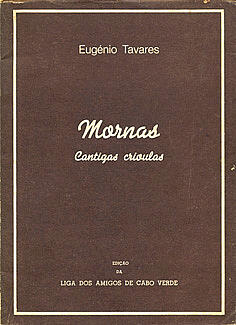  KabuverdianuLanguage KabuverdianuLanguage
|

|
Sigma KEE - KabuverdianuLanguage


|
|
kabuverdianu language
|
|
The KabuverdianuLanguage is a PortugueseBasedCreoleLanguage of the CapeVerdeIslands. SIL code: KEA. ISO 639-2: cpp. Population: 393,943 including 255,101 in Sotavento or 65% of the speakers, 138,842 in Barlavento or 35% of the speakers (1998 S. Graham). Population: total all countries 934,000. Region: Sotavento dialect is on Santiago, Maio, Fogo, and Brava islands, Barlavento dialect is on Santo Antao, Sao Vicente, Sao Nicolau, Sal, and Boa Vista islands. Also spoken in France, Germany, Italy, Luxembourg, Netherlands, Portugal, Senegal, Spain, USA. Alternate names: CABOVERDIANO. Dialects: SOTAVENTO, BARLAVENTO. Comments: 59% lexical similarity with the Gulf of Guinea creoles. 29% are comfortable in Portuguese, 36% uncomfortable, 34% block up. Since independence in 1975, the domains of spoken Portuguese have receded in favor of Creole. Portuguese used primarily on TV and radio, in Congress, classrooms, churches, and with foreigners. Portuguese is the primary language of instruction in 12 grades. Used in most domains, and some in Congress, classrooms, churches. There is a creole continuum and some decreolization. National language. Dictionary. Grammar. Literacy rate in second language: 29% Portuguese. Radio programs. Christian. Bible portions 1936.(extract from http://www.ethnologue.com/)
|
 |
Show full definition (without tree view)
Show full definition (with tree view)
|